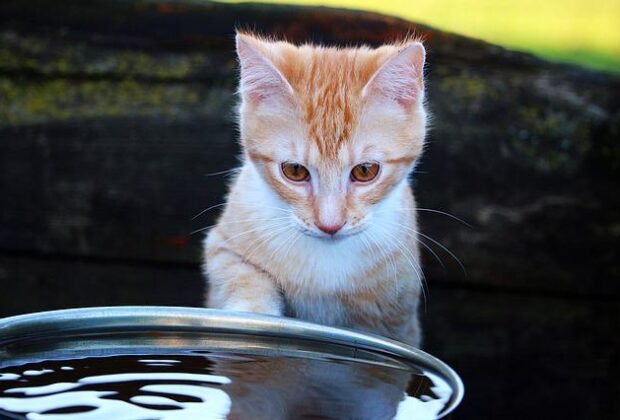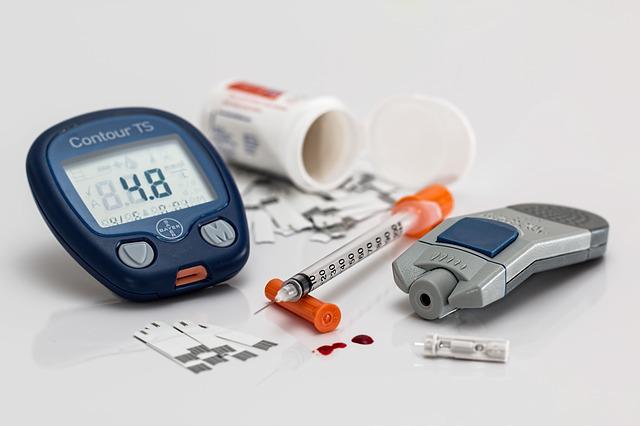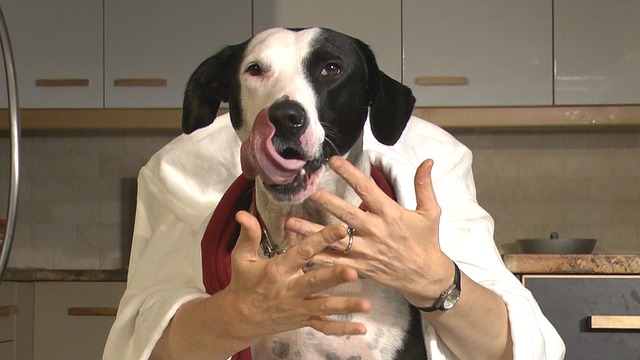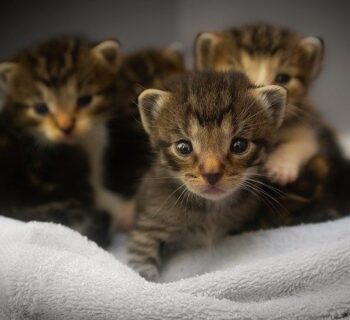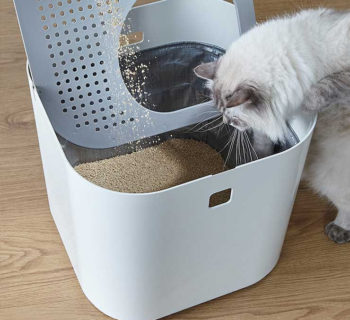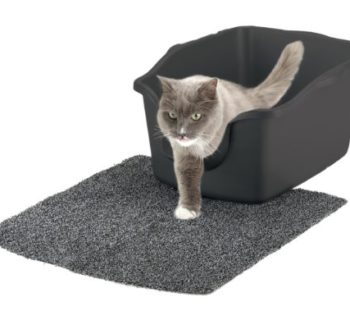If you have a kitten at home, you will probably understand the need for an article on this topic. Kittens don't like to drink water for many reasons. They love to eat the dry and wet food you give them daily, but they somehow don't want to drink the water you have placed in a bowl right next to their food bowl. Do you notice your kitten's water bowl being untouched every single day? Don't worry; in this article we go through some simple tips you can follow to ensure that your kitten gets its daily dose of water and stays hydrated throughout the day.
It is believed that in the early days, cats were desert animals, and they got all the nutrition and water they needed from their prey. However, with the evolution of time, people started to domesticate these animals. Despite this fact, the felines continue to exhibit their natural characteristics and stay away from water deliberately. When cats don't drink enough water, it can lead to bladder and kidney issues. Getting cats and kittens to drink more water is vital because a dehydrated kitten is more prone to inflammation in the urinary tract than a hydrated one. So, keep reading to learn how to get a kitten to drink water daily.
Table of Contents
Ensuring Kittens Drink Enough Water Every Day – What Can You Do?
A kitten is weaned from its mother's milk when it is about 4 to 6 weeks old. This is the time when you can introduce solid food to your pet. While you think of different brands of wet & dry food combinations for your kitten, it is equally important to get it to drink water. Here are some tips you can follow for the same.
Provide Fresh Water Daily
Place a bowl of fresh and clean water every day next to your kitten's food bowl, ensuring that your kitten can easily spot it. Observe your cat's behavior for a week to see if it drinks water or not. Always throw away the leftover water from the previous water, and refill the bowl with fresh water. Water should be at room temperature, as cats are not interested in drinking too hot or too cold water.
After a week, you can get creative if you don't see your kitten drinking enough water. You can add some feline-friendly flavors of tuna or salmon to the water to attract your kittens to drink. You can also add some bone broth, the smell of which will make your kitten drink from the bowl.
Ensure Cleanliness of the Water and Accessibility of the Bowl
Your kitten may still not be interested in drinking water, despite your efforts to add many flavors to it, if the bowl is not accessible and if the water is not clean. Always use bowls that are easy for the kitten to eat from. The mouth should be wide, and the bowl's material should be easy to clean (glass, ceramic, etc.). Always keep the water bowl right next to the food bowl.
When your kitten eats its food, stay close to it and pet it by stroking its back. Encourage it to drink water immediately after food and continue the stroking action. This way, it will get into the routine of drinking water immediately after eating its food. Always clean your kitten's water bowl thoroughly once every two days. Scrub the bowl to remove traces of its saliva and minerals from the water. You can use simple soap and a sponge to rinse the bowl thoroughly before refilling it.
The location of the water bowl plays an important role in the effort to make your kitten drink water. Place multiple colors and sizes of water bowls everywhere your feline loves to move around. This will force your kitten to drink water from one of these bowls daily. Watch out for the quantity of water in these bowls, and continue with the one your kitten likes the best. Always keep the water bowls and food bowl away from the place of your kitten's litter. A kitten doesn't want to drink water from the same place where it discharges its waste.
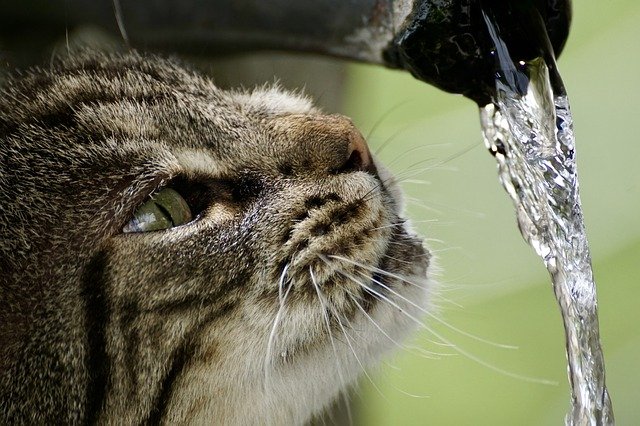
Invest in Water Fountains
If your kitten is hesitant to drink water from a bowl, you can invest in a small water fountain available in most pet stores at an affordable price. Mostly, kittens will drink from a bowl if you train them properly. However, some fussy breeds may be stubborn and refrain from doing so. These water fountains will do the trick for them. In these fountains, water constantly flows with tiny bubbles floating on them, which cats love to drink water from.
While using these filtered water fountains, you should remember to clean the filters as frequently as mentioned in the manual. Otherwise, bacteria can pollute the water, making it unfit for drinking.
Don’t Rely on Dry Food Alone
One of the most important tips to follow to get your kitten to drink water is to ensure that you start feeding wet food for your pet. According to feline experts, cats that eat only dry food get dehydrated quickly, and they go on to develop urinary problems. So, it would be best if you started feeding canned wet food to your kittens at least thrice a week. If you cannot afford these foods, you can mix a small amount of wet food in a bowl of dry food. The water from these wet foods is enough to keep your kitten hydrated. Some canned wet food brands have finely cut pieces, while some may have huge chunks in them. If your kitten is too small, these chunks can cause choking. So, please discuss with your vet before including wet foods in your cat's diet plan.
Even if you cannot feed wet food, here is a simple trick you can follow. Mix about two tablespoons of water in the dry food bowl of your kittens, and make them eat it every day. Initially, your kitten may be slightly hesitant to eat the dry food soaked in water, but it will eventually get used to the taste. Instead of water, you can put some bone broth with the dry food to get your kitten to intake some liquid daily.
The Earlier, the Better
A kitten that is introduced to water very early in life will naturally drink more water every day than a cat that has been trained to drink water in the later stages. Introduction to water doesn't necessarily mean drinking water. It also means the bathing schedule. You should bathe your kitten when it is exhausted and not too fidgety. You should help it get comfortable and relaxed near water, for it to drink water and its food every day willingly.
While bathing your cat, you should be very calm and gentle. You should use warm water and gently spray it on your kitten's body to make it enjoy the feeling instead of pouring water on it with full force. You should be very patient and bathe your kitten slowly because if the animal gets scared at this stage, making it drink water in the later stages will be challenging. Never force your cat to bathe because they don't need to be given a bath unless they have come in contact with something poisonous or allergic. The gentler you are in its bathing schedule, the easier it is for you to make it drink water.
Bottom Line
It is quite a challenge to get kittens to drink water regularly, considering they were desert animals previously. However, following a few simple tips like the ones mentioned above can help your cats stay hydrated continuously. The amount of water your kitten needs to drink will vary based on age and breed. Hence, it is best to check with your vet if your kitten is dehydrated and if it has any existing urinary or bladder issues. If yes, you have to start the treatment for the same.
If your kitten is cleared of these problems, you can continue to follow these tips to encourage it to drink as much water as it needs every day. Small things like the position of the bowl, the distance between the water bowl and food bowl, flavors mixed in the water, etc., can significantly change your kitten's water intake every day. Therefore, ensure you do everything you can to provide your kitten with a bowl of fresh and clean water every day to keep it hydrated and healthy.
If you are yet to buy a kitten, and still in the process of deciding on a breed, there are some types that love drinking water. Some kitten breeds that love to be near water are American Bobtail, Bengal, Maine Coon, and Turkish Angora.
About the Author
Kirsten Heggarty
Kirsten created The Pet Handbook with the aim of sharing her knowledge about pets, pet food, healthy habits, and more. All of her advice is based on years of her own experience with her pets, and feedback that she has received from grateful readers about her tips. If you want to know more please read the About Me page.

